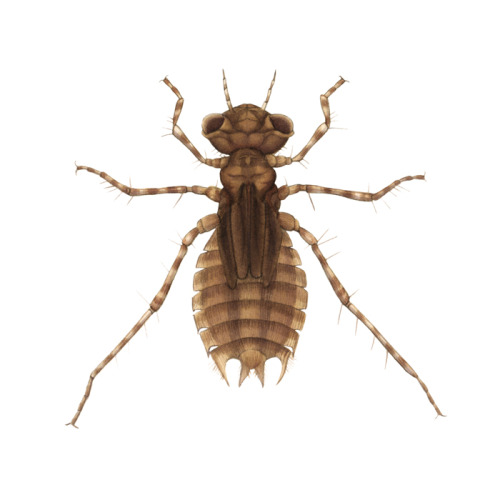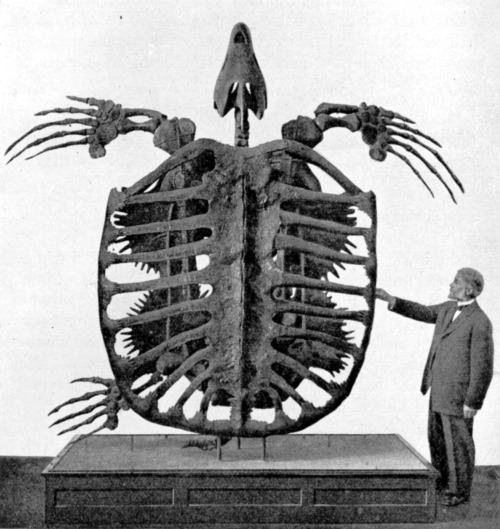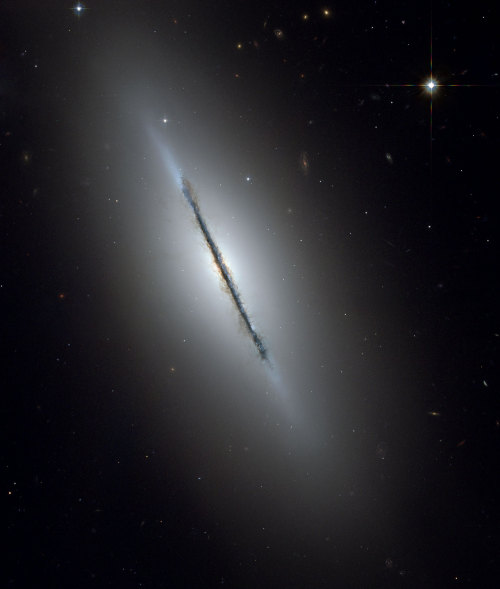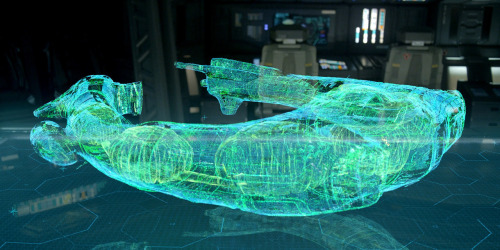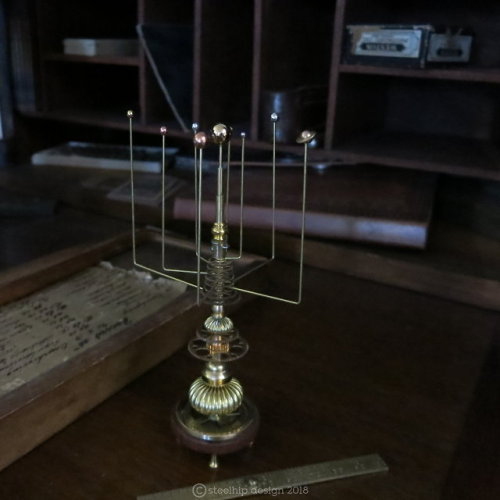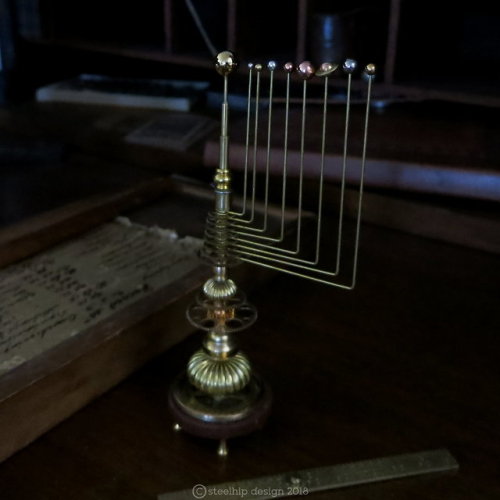#scientific
Viola chamissoniana is a member of the violet family known as ‘olopu in and endemic to Hawaii where it is found on several of the islands in the chain. The subspecies native to Oahu is a federally-listed endangered species, largely as a result of the grazing of introduced feral goats and pigs which pose a threat to many other Hawaiian endemics. Introduced herbivores are far from the only threat as introduced plants such as Ageratina adenophora pose troublesome competition from a plant I’ve also seen growing wild and introduced here in California. While human development is one of the leading causes of species endangerment and habitat loss, it is clear that secondary effects, even centuries down the line, continue to ravage natural ecosystems.
A less dour fact about Violas is that they usually have two types of flowers borne in different times of year. The flowers we appreciate are known as chasmogamous – showy things designed to attract the attention of would-be pollinators and incidentally us as well. This promotes cross-pollination and in Violaoften results in a seed pod which explodes, propelling diversified seeds to colonize surrounding areas. There are also sneaky flowers which are almost never seen, hunkering close to the base of the plant or even underground. These flowers are cleistogamous and are self-pollinating. The fruit containing these seeds instead dumps them close to the parent plant as the offspring are more likely to have a similar genetic makeup which allows them to thrive in the same conditions.
Thanks to Hui Ku Maoli Ola for lending me this plant as a subject along with the others!
Post link
Previously, parents were told SIDS could be prevented if they took proper precautions: laying babies on their backs, not letting them overheat and keeping all toys and blankets out of the crib were a few of the most important preventative steps. So, when SIDS still occurred, parents were left with immense guilt, wondering if they could have prevented their baby’s death.
Dr. Carmel Harrington, the lead researcher for the study, was one of these parents. Her son unexpectedly and suddenly died as an infant 29 years ago. (…) Harrington explained what she was told about the cause of her child’s death.
“Nobody could tell me. They just said it’s a tragedy. But it was a tragedy that didn’t sit well with my scientific brain.”
Since then, she’s worked to find the cause of SIDS, both for herself and for the medical community as a whole. She went on to explain why this discovery is so important for parents whose babies suffered from SIDS.
"These families can now live with the knowledge that this was not their fault,” she said.
(…) As the cause is now known, researchers can turn their attention to a solution. In the next few years, those in the medical community who have studied SIDS will likely work on a screening test to identify babies who are at risk for SIDS and hopefully prevent it altogether.

Y O U R B L A C K H O L E

A P P L E

I A M I N L E S S O N

B R U T A L A E S T H E T I C

P A R A L L E L
Some freshwater larvae and invertebrates, commissioned by the Poland Spring Museum. Dragonfly, stonefly, caddisfly, damselfly, mayfly, dobsonfly, blackfly, snail, and leech.
Post link
The hits from this rig are amazing. I’ve never been so stoked about a piece of glass. I’m gonna need to pick up more concentrate at this rate. The function on this thing is really good. Excited to add more nice pieces like this to my collection.
.
.
.
Glass by: @earljrglass
.
.
#headyglass #recycler #scientific #glassofig #glasstagram #dabrig #dabbing #terppearls #coldstart #coldstartdabs #lowtemp #mmj #floridadabbers #glassart #710
https://www.instagram.com/p/CEVBwVyhzMs/?igshid=19te02tjb6t4k
Archelon, The largest species of turtle ever discovered. It measured over 4 metres in length and 5 metres flipper to flipper.
Post link
Galassia Lenticolare NGC 5866 (Galassia Fuso)
Credits: NASA, ESA, and The Hubble Heritage Team STScI/AURA
Post link
Marimo ball owners: have you ever noticed your ball sometimes afloat and other times not?
-
1) ball is resting at the bottom right now (8:30am).
2) ball was floating last night around midnight.
-
What could cause this change in buoyancy? Is it metabolic activity differences between night and day? I haven’t touched or disturbed the water in the past 2 weeks and I’m certain I’ve noticed it both floating and sinking. One thing is for sure: this calls for a time lapse! ⌚ = observe-for-long-time-with-camera
~
~
#marimomossball #marimo #mossball #algae #houseplants #aquatic #aquaticplants #plantlove #plantlife #indoorplants #houseplantclub #plantstyling #houseplantjournal #växtgäris #greenliving #greenery #observe #scientific (at Toronto, Ontario)
Post link
Since Vitamin D is fat soluble, should you take the supplement with a fatty meal, or is a spoonful of sugar still acceptable?
Like all my orrery sculptures - this is NOT mechanical - the planets do not move via clockwork mechanism. They can be turned gently by hand.
I’ve made a lot of orreries - I love making them. The gears are used to imply clockwork movement - so it’s a bit of a folley. This is the third orrery I’ve made using an “arm” for each planet. Please remember - this is not a toy. Moving the planets should only be done sparingly and carefully. To achieve the “look” of a real mechanical orrery I’ve used different sized pocket watch and regular watch gears, collected over many years, to correspond to each planet. All eight planets are represented - Saturn has her rings too.
It is on a stained wood base with four little brass legs and uses a number of different brass beads/components so it looks like a real antique scientific model but without the thousand dollar price tag. On the center stem I’ve used graduated brass tubing to “telescope” to the sun.
It is the perfect gift for a milestone celebration and an intriguing desk ornament for an executive or academic. To make it really personalised you can arrange the planets to the positions they were on a particular day - a wedding, a birthday, the birth of a child when it’s presented. I will send you a link to the free website that will calculate a celestial map for you.
It’s available in the Etsy shop.
Post link




